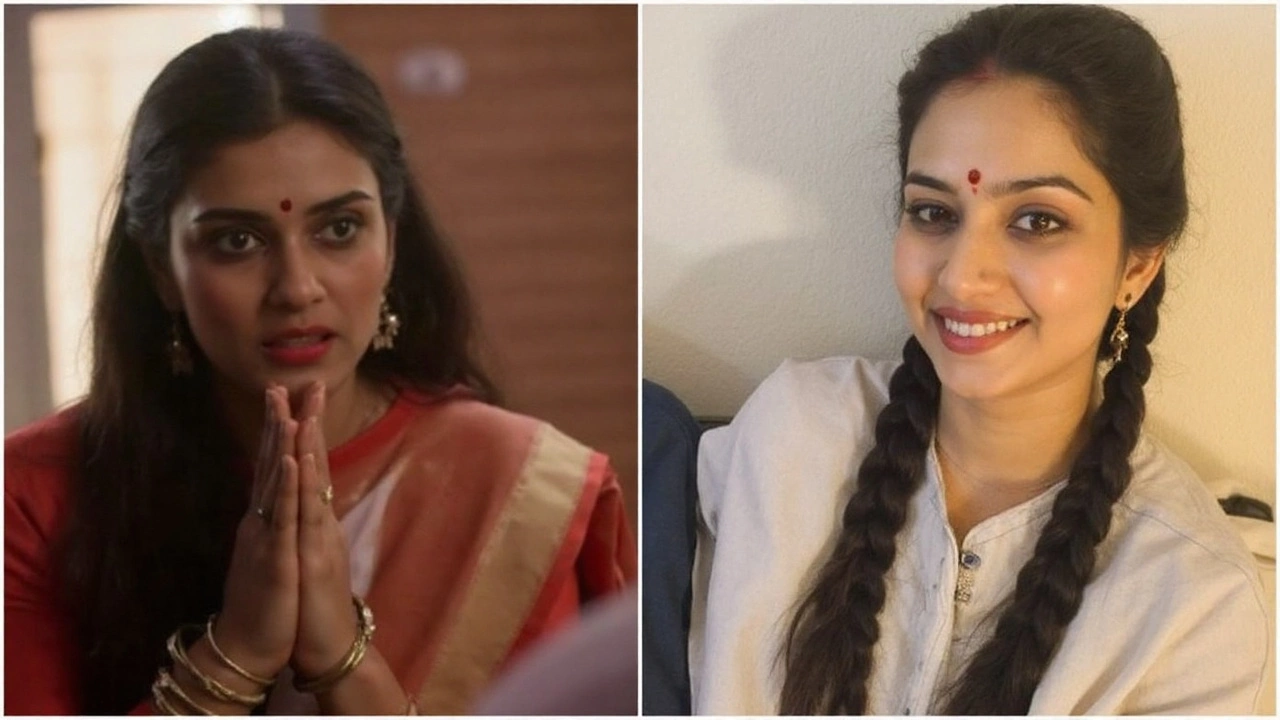
A three-hour, adults-only retelling of 1946 that refuses to look away
A three-hour film about a 1946 riot is dominating conversation this weekend. Vivek Agnihotri’s latest, The Bengal Files, dives into Direct Action Day and the bloodletting that followed in Bengal, while trying to link that past to the present. It has an A certificate for graphic violence, and that warning is not cosmetic. The film shows beheadings and mob killings without cutaways, a choice that some viewers found searing and others called sensational.
The story runs on two tracks. In the present, CBI officer Shiva (Darshan Kumaar) is assigned a politically sensitive case that steers him into archived testimonies and buried files. In the past, we meet Bharti across two eras: Pallavi Joshi plays her as a traumatized near-centenarian piecing memory from shards; Simratt Kaur plays her younger, in the thick of upheaval—fierce, wounded, and unwilling to be silenced. The film moves between interrogation rooms, court-like halls, and streets turned into battlegrounds, with speeches and memory-montage sequences stitching the jumps.
The first half is heavy with reenactments of the 1946 riots in Calcutta. It recreates processions, street clashes, and neighborhood sieges at length. For some, that immersion builds a persistent dread. For others, it feels indulgent and relentless. The second half picks up pace but leans on long monologues—characters explain what Bengal meant to India’s nationalism, what was lost, and who must answer for it. A line echoes through the film: why does everything now circle back to Hindu versus Muslim? The script poses the question but doesn’t land on a clean, persuasive answer.
Context matters here. Direct Action Day, called by the Muslim League on 16 August 1946, spiraled into what came to be known as the Great Calcutta Killings. Thousands died in days of retaliatory violence, and aftershocks were felt across Bengal and beyond. History textbooks touch it; survivors’ accounts bear the scars. Agnihotri’s film tries to pull that memory into the center of pop culture—using investigative framing to argue that the past is not past.
As a director, Agnihotri has built a playbook since The Kashmir Files: pick a raw chapter, stage it with documentary urgency, and frame it as an act of recovery. The Bengal Files follows that model. It treats testimony as sacred text. It values recounting over ambiguity. If you came in expecting a courtroom of contested truths, this leans more toward a guided museum tour—with a narrator telling you where to look and why it matters.
Performances, craft, and the argument it ignites
Pallavi Joshi is the film’s anchor. As the older Bharti, she carries tremors in her hands and a faraway stare that hardens without warning. The accent work isn’t flawless, and a few lines sit oddly on the ear, but the emotion lands. Simratt Kaur, as young Bharti, gets the film’s standout speech—about Bengal as more than land, as a forge for the country’s nationalist spirit. She plays it with hurt and resolve, not melodrama. It’s written to be a rallying cry, and she sells it.
Darshan Kumaar keeps Shiva restrained, almost wary. He convinces as a career officer who knows when to look away—and why looking away this time might cost him more. Mithun Chakraborty, Anupam Kher, and Saswata Chatterjee round out the ensemble with familiar authority. They get set-piece moments more than arcs: a ferocious address here, a quiet moral reckoning there.
On the technical side, the production design does a lot of lifting. Lanes look lived in, not like backlot facades. The color palette swings from ochre and smoke to the sickly green of night-time fear. The music and background score push emotion hard; the crescendos leave little room for doubt on what to feel. Editing is where disagreements sharpen. Tightening 20 to 25 minutes—especially in riot montages and speech-heavy passages—could have given the same punch with less fatigue.
The violence is explicit. Not stylized, not hinted—explicit. That choice will decide the film for many. If you prefer historical dramas that suggest brutality rather than show it, this may feel punishing. If you believe the horror of 1946 is best understood by confronting its ugliest edges, the film argues your case. Either way, a content warning is fair: there are scenes of beheading, lynching, and assault that some viewers will not want to watch.
What about accuracy? The film aims to be faithful to survivor memory and period mood more than academic footnotes. It compresses events and characters for effect. It frames the past with present-day questions about national identity and political incentives. Supporters see it as restoring a story they feel was sidelined in mainstream culture. Detractors worry about simplification and about framing a complex tragedy in a way that hardens present-day divides.
Audience reaction shows the split clearly. Early user reviews are polarized: one camp hails it as a masterclass and a necessary shake-up; the other calls it a cash grab trading on trauma. Professional critics mirror that pattern. Performances—especially by Joshi and Kaur—get consistent praise. The knocks center on length, repetitive imagery, and speeches that tell rather than show. Some reviewers also point out accent slips and a few clunky expository lines.
The film’s politics sit in plain sight. It insists the past still shapes our fights, that memory has been curated, and that victims’ voices deserve the mic. It also chooses a forceful, one-directional narrative. The moral clarity will feel bracing if it matches your reading of history. If you want messier, multivocal debate, the film rarely pauses to host it.
For viewers deciding whether to go: this is not casual weekend fare. It is long, unsettling, and unblinking. If you’re curious about how cinema can restage a contested chapter and thrust it into today’s headlines, you’ll find plenty to argue with and think about. If your tolerance for gore and sermon is low, you may want to wait. Box-office numbers weren’t available at the time of writing, but expect word-of-mouth to keep the film in conversation, as with Agnihotri’s recent work.
One last thread: the film keeps circling language—who gets to name events, who gets to define “riot,” “pogrom,” “uprising.” That might be its most useful provocation. Even viewers who disagree with the film’s framing may leave thinking about how words fix memory, and how easily memory can be moved by the loudest voice in the room.
